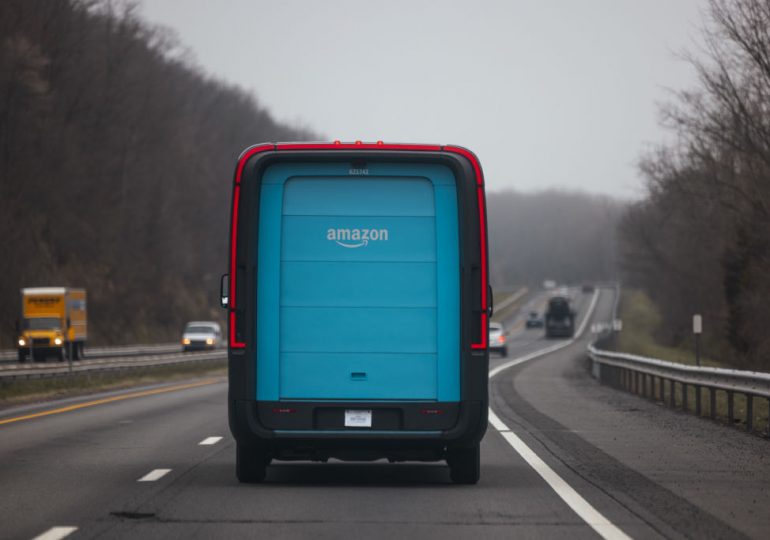(To get this story in your inbox, subscribe to the TIME CO2 Leadership Report newsletter here.)
In some assessments, the boldest way for companies to address climate change is to look beyond their operations and cut emissions across their value chain. That means eliminating emissions from their suppliers as well as how their customers use their products.
[time-brightcove not-tgx=”true”]
There’s just one big problem: companies don’t control the operations of their suppliers. And suppliers—often smaller companies—have fewer reasons to act. To get over the gap, some of the world’s biggest companies are taking matters into their own hands, providing their smaller suppliers with the tools and resources to decarbonize. As governments start requiring companies to tackle their value chain emissions—known in technical lingo as scope 3 emissions—more companies will have to take on this challenge. For those who aren’t engaged already, it’s worth paying attention to the programs paving the way.
In July, Amazon launched a program dubbed “Sustainability Exchange” to provide suppliers with the resources to measure and cut their emissions. In September, a group of major automakers including Ford Motor Company and General Motors announced a partnership with the consulting arm of utility giant Edison International aimed at helping suppliers adopt renewable energy. And, since 2021, Walmart has partnered with HSBC to offer suppliers favorable financing terms to pay for decarbonization initiatives.
And then there’s Schneider Electric. The French digital automation and energy management firm has built a business around decarbonizing supply chains. Schneider has contracted with big companies like Walmart to work with their suppliers. And, in 2021, the company launched a sector-specific program targeting the pharmaceutical sector—the first aimed at decarbonizing an entire industry. The initiative, which has since expanded to include mining and semiconductors, includes educational programming along with concrete decarbonization product offerings. Major companies encourage their suppliers to participate—and help fund it. Today, the company is actively working with more than 2,200 suppliers. “They’re hearing from their customers, that gets them to the table and to participate,” says John Powers, vice president of global cleantech and renewables at Schneider Electric.
At the core of these efforts is the simple reality that value chain pollution makes up the majority of emissions for companies in most sectors. An analysis from the Carbon Disclosure Project found that, on average, scope 3 emissions represent 75% of corporate emissions. In some industries, such as agricultural commodities or financial services, scope three emissions represent more than 90% of climate pollution.
And yet suppliers may not have the bandwidth—or even the desire—to make the same bold commitments as the big companies that buy their product. Suppliers are inherently smaller firms, they tend to have less cash floating around, and they often have smaller profit margins. Perhaps most importantly, these companies tend to lack the technical knowhow around measuring and, eventually, reducing emissions.
On the other hand, many of their corporate customers have deeper pockets—and are feeling investor, consumer, and regulatory pressure to decarbonize. Thousands of multinational American companies, for example, will soon be required to comply with the European Union’s climate disclosure regulation, which includes extensive scope three requirements.
Supplier climate programs can take different forms, but they all start by helping companies understand the basics of climate, clean energy, and decarbonization. Amazon shares case studies and playbooks. Schneider offers suppliers a series of webinars with different languages and specifications for different geographies. The efforts have begun to show results. In September, companies in Schneider’s pharmaceutical supplier coalition announced that they had partnered on a joint renewable electricity purchase, one of seven cohorts formed by the company to purchase clean power. Earlier this year, Walmart reported that its Project Gigaton had achieved its goal of helping suppliers avoid 1 gigaton of emissions six years early.
These programs are bound to grow in importance with time. For one, the alternative approach to address scope three emissions is to engage in offsetting—schemes where companies pay to cut carbon elsewhere, often but not always, by preserving nature. Climate advocates and regulators have viewed offsetting with increasing skepticism in recent years, and supplier engagement offers an alternative.
And then there’s the possibility that some big companies will move from simply encouraging their suppliers to decarbonize to actually requiring it. “Most of our sponsors have been using the carrot approach to date,” says Powers. “But some are looking at these 2030 goals, which is right around the corner, and saying maybe we need to use more of a stick.”
In the midst of political uncertainty, and concern that momentum on climate policy may be set back, the consistent push to decarbonize is a helpful reminder that climate action is continuing.
Leave a comment








